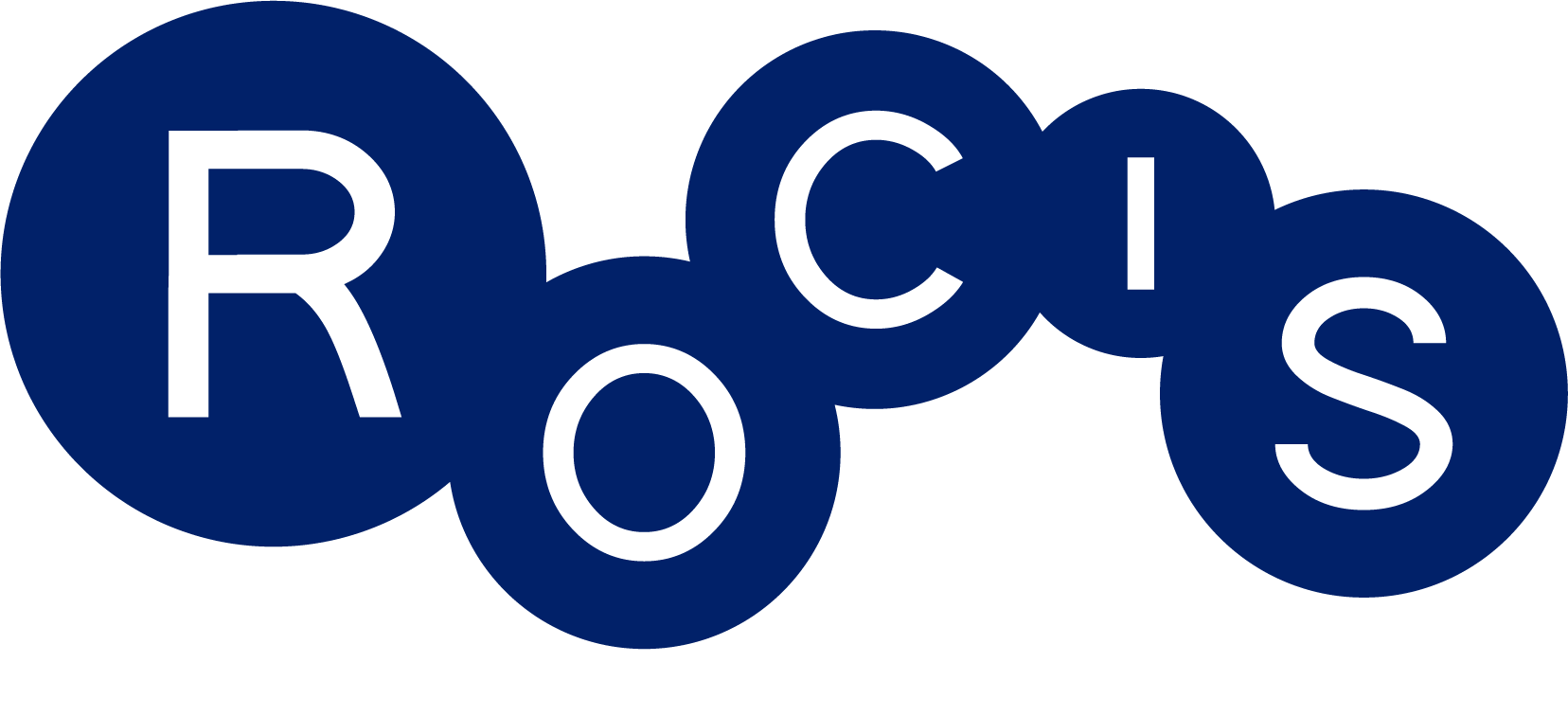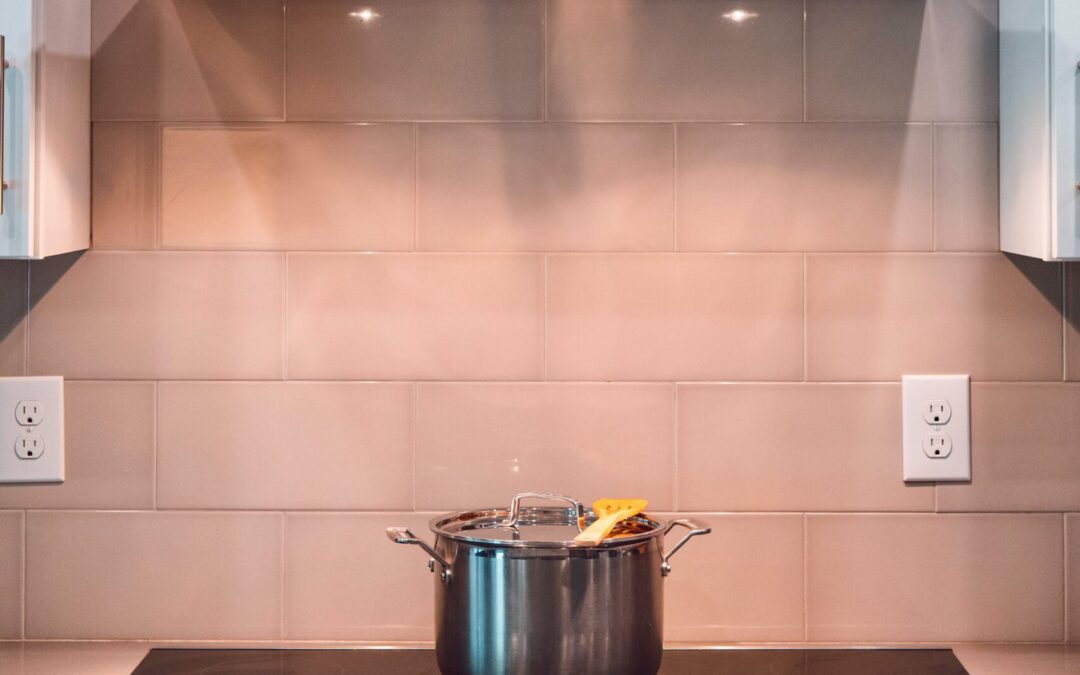When it comes to pollution control, addressing the source of the pollution itself is the key. Both the cooking of food and the burner use can be a major emission source, so how you cook can make a big difference. Here’s how to tackle cooking and burner emissions of air pollutants, odors, grease, and moisture in your home to protect your family’s health.
More information and webinars on best practices are available at our ROCIS Kitchen Range Hoods page.
Check out the stories of families who have used low emission cooking methods are available:
TRY OUT THESE LOW-EMISSION COOKING TIPS
in addition to improving the performance of your vented range hood (see Channel The Flow Tips)
1. Use techniques to reduce your cooking emissions:
Use cooking oils that handle higher heat better
Clean burners, ovens and range hoods routinely (mark your calendar)
Consider alternatives to stovetop frying, such as baking and microwaving
Keep lids on pots or partially cover pots (also shortens cooking time)
Use lowers temperatures
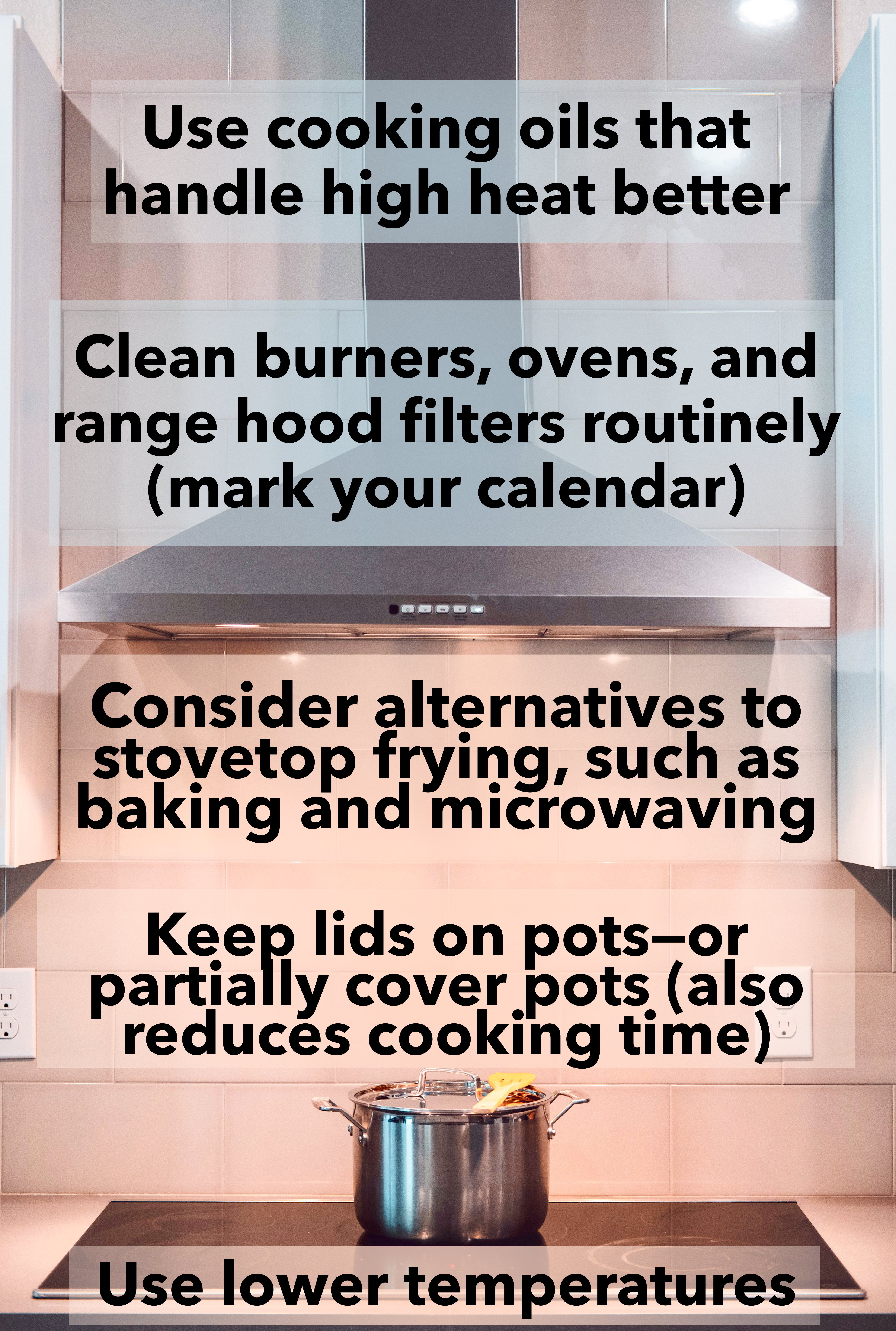
2. Reduce burner emissions from gas stoves:
Use an induction stove to prevent burner emissions of NO2, particles, etc. and to reduce burn and fire hazards. Tax incentives for induction stoves may be available. See ROCIS Induction Stove Resources.
An affordable alternative is a portable induction cooktop, used on top of your existing stove.
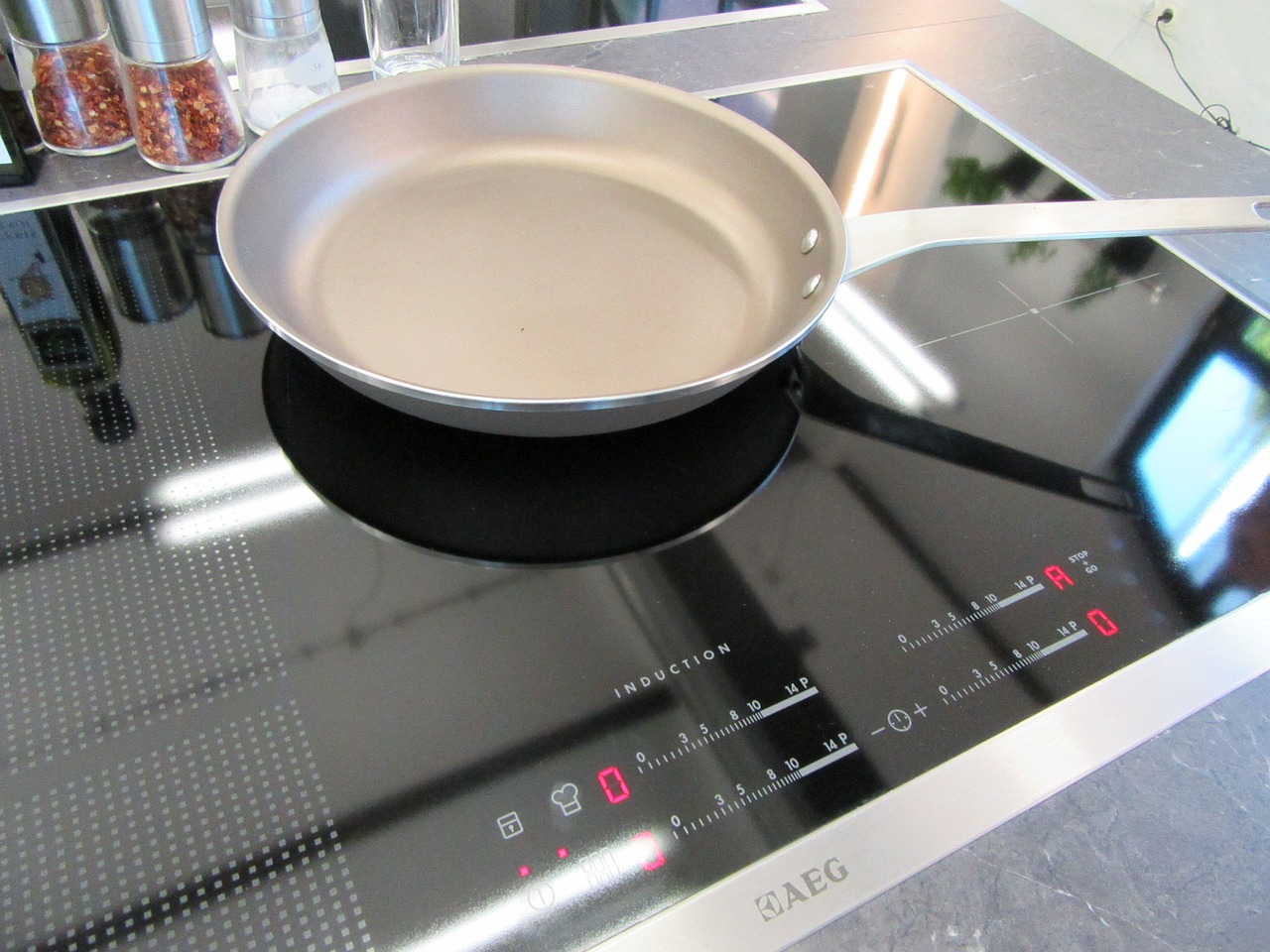
Use an electric hot pot or pressure cooker.
Preheat the cooking water you need in a microwave or electric teapot.
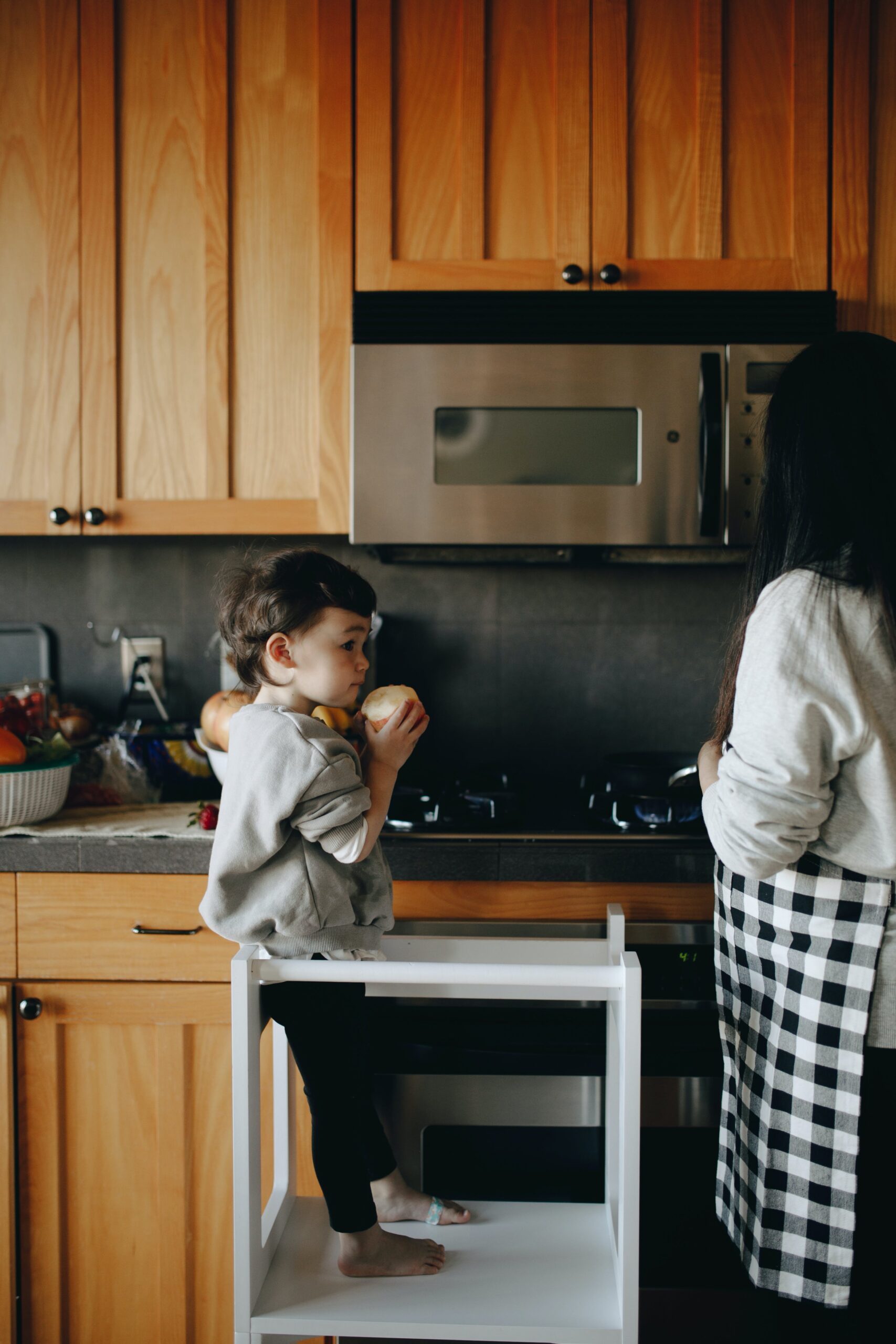
3. If feasible, cook outside:
Use a portable induction cooktop
Try out a solar cooker for various types of cooking. Solar cookers can be DIY projects or purchased products.Gift a solar oven to your friends and family, especially in areas with high energy costs and in households with respiratory disease patients. Solar ovens are also great as educational tools.
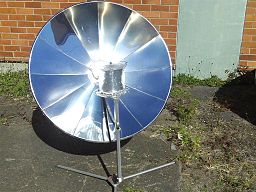
You can download a copy of this blog post as a PDF:
Tom Phillips, ROCIS Technical Advisor, Healthy Building Research
